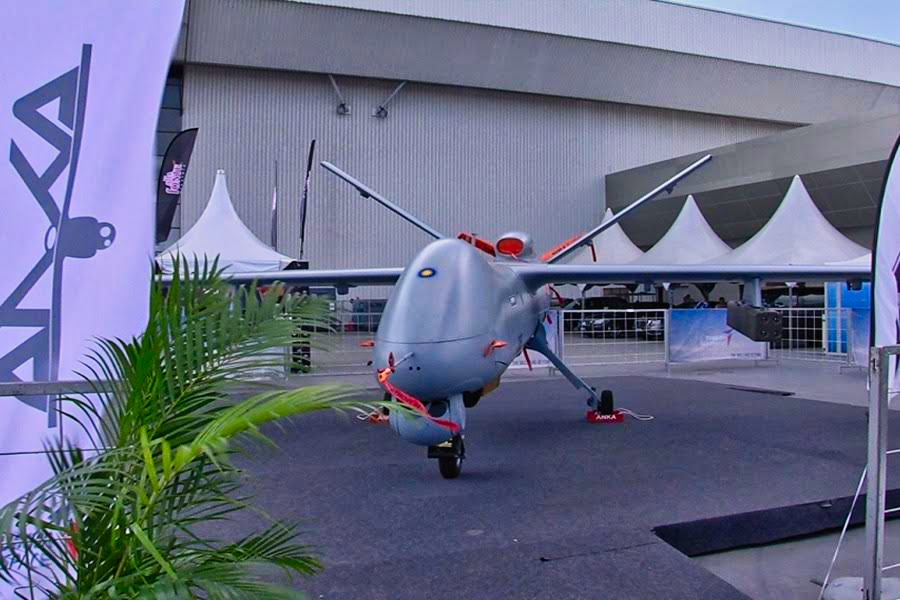
SHAH ALAM: Fairest of them all. Three UAVs competing for a RMAF requirement for a medium altitude, long endurance unmanned intelligence,surveillance, reconaissance and armed drone took part at the recent LIMA 19.
A US ANG MQ-9 Predator drone was the only real aircraft that took part in the show, the other two were just mockups.
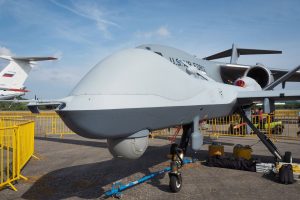
The MQ-9 Predator displayed at LIMA 19. Zaq Sayuti.
The Predator is the representative of the MQ-9B Sea Guardian, the candidate of the General Atomics drone for the RMAF requirement.
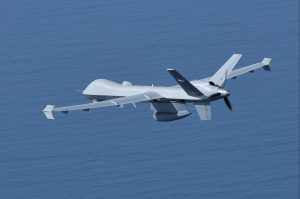
MQ-9B Sea Guardian
It is likely the most capable especially when it comes to integration with the Malaysian civil aerospace requirements. But at the same time it is also likely the most expensive one in the competition with a reported price tag of US$20 million per drone. So for a three air frame Sea Guardian deal, it is likely to cost around US$100 million, inclusive of the cost of the ground station, training, spares and support.
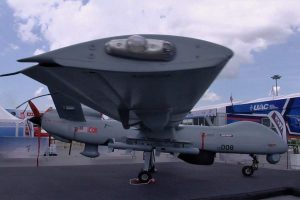
TAI Anka mockup at LIMA 19. EL
The mock ups that were displayed at LIMA were the Turkish Aerospace Anka and the AVIC Wing Loong II. The Anka being less numerous is likely to be more expensive than the Wing Loong II but probably cheaper than the Sea Guardian.
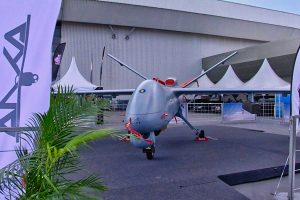
TAI Anka UAV mockup at LIMA 19 . EL
The Wing Loong 1 cost around US$3 million per air frame, so the II could be slightly more expensive. I hazard to guess for the same set up as the Sea Guardian above, the China made one would only cost around US$30 million. However, it may be more difficult to integrate it with the civil aviation authorities.
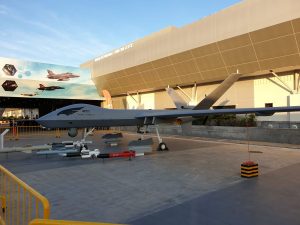
AVIC Wing Loong II mockup at LIMA 19.
With the main tasking for the RMAF drone to overfly the South China Sea, one may wonder if it is wise to buy the Wing Loong, no matter, how cheap it is and the large amount of weapons its can carry.
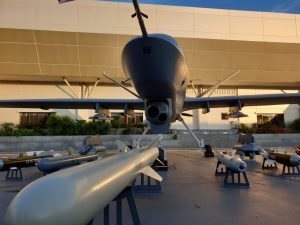
AVIC Wing Loong II mockup with the ordnance cleared for it.
A fourth contender, the Leonardo Falco, was only represented by a model at the company’s booth. It is also likely that other UAVs were promoted to the RMAF to meet its requirement. As there are many of these type of UAVs around I will not hazard a guess.
— Malaysian Defence
If you like this post, buy me an espresso. Paypal Payment

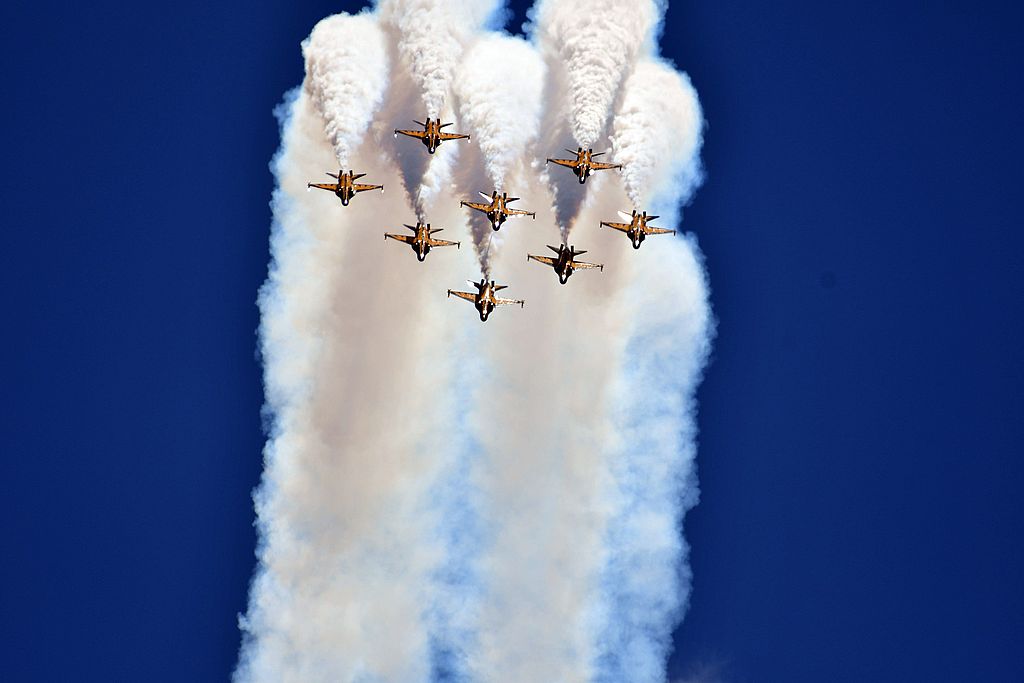
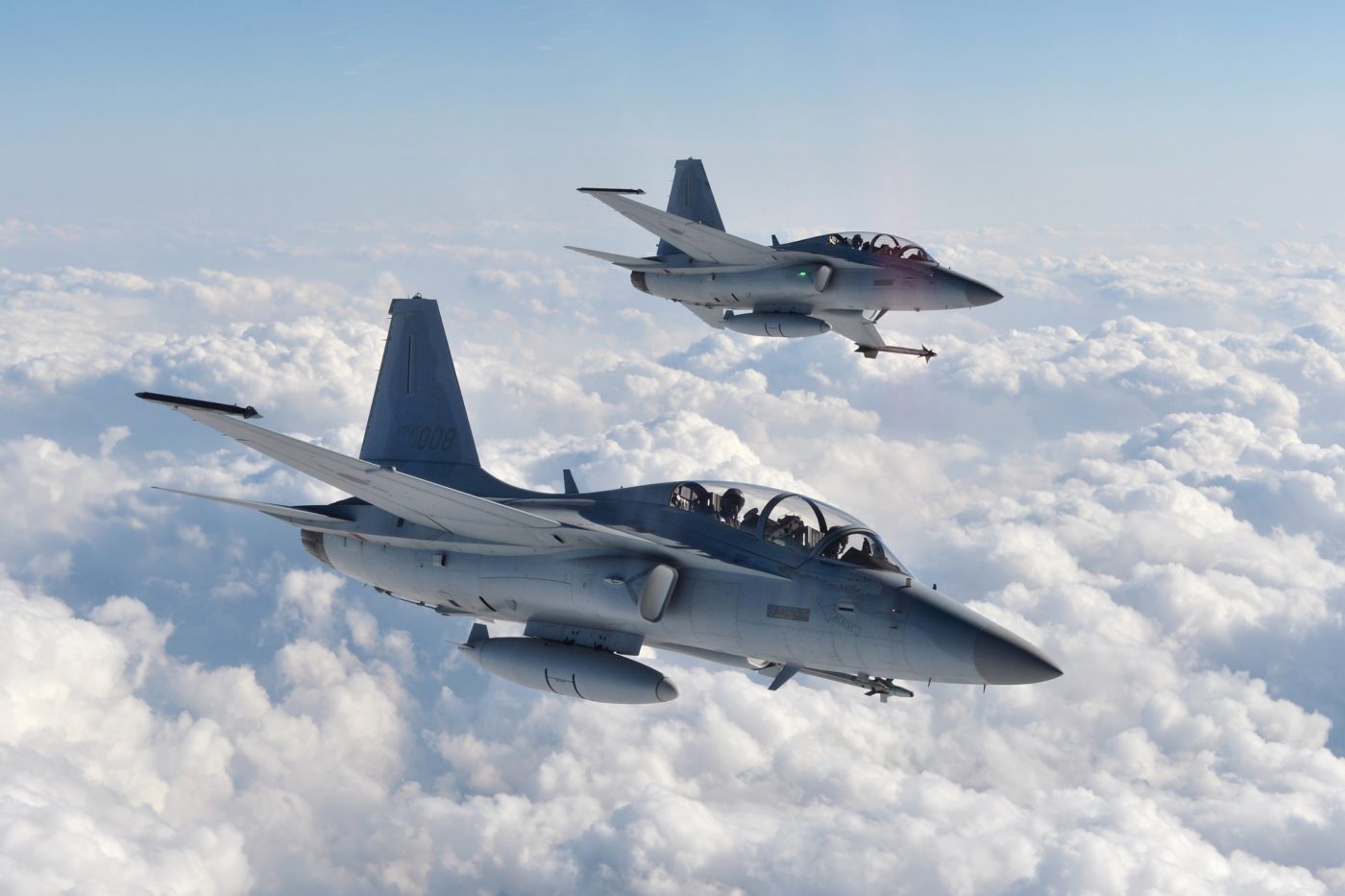

While looking at the unmanned part of the equation, IMO we should not let this sidetrack the more higher priority, which should be recapitalizing the TUDM MPA capability 1st.
IMO for about USD20 million for each CN-235, we can modify 6 of our current CN-235 into MPA platforms with ASW capability.
as for ANKA cost
” On 25 October 2013, SSM awarded TAI a $290 million to deliver three ANKA-S systems with 10 air vehicles in total (2+4+4) to meet TurAF requirements.”
So its cost could be the same as MQ-9B
the MQ-9 Predator is the good candidate since its a proven platform and wide use despite the price…
but with our budget and govt still need to fulfill LIFT,MPA,LMS batch2,upgrade c130/hawk/nuri and other things,which still late. will male UAV get approve first??
A good decision to buy armed UAV to patrol our sovereignty. It offers persistency n economy
From my armchair perspective, I like the TAI despite the cost because they already have a local partner, Boustead.
Reply
TAI is working with Deftech, actually
Buying chinese uav to monitor PLA navy is kind of weird. Of course that’s not sole purpose. But who others are declaring and expanding and setting base in SCS?
Beggars have no choice too. Its rather like a Hobsons choice. The country must choose . During times like now when the country needs to clear the huge debts incurred by the country n there is little money our armed forces must now buy the items which we can afford. Yes its great to have sophisticated MPA equipped with intelligence gahering electronics of all sorts, state of the art AESA radar etc but if we cannot afford them now then lets buy what we can afford n get the good to have at a later date.
My two cents
I’ll second the ‘weird’ part, Alpha Zulu! Quite ludicrous to buy a Chinese drone to ‘police’ possible PLA infringement over our waters :-).
@ lee yoke meng
That is why we need to prioritize. List down what we need and put level of priority to each of them. The future DWP should have this in mind.
Possible waiver granted by civil aviation authorities if platform selected can’t fully integrate to its requirements?
Reply
Unlikely
“Yes its great to have sophisticated MPA equipped with intelligence gahering electronics of all sorts, state of the art AESA radar etc but if we cannot afford them now then lets buy what we can afford n get the good to have at a later date.”
I think most of us would be happy with a basic MPA with EO and a surface search radar, which is what we should have had long ago. No one is asking for a P-8.
An aircraft and systems that are supportable, economical to operate and maybe even with something in common with our existing transport types will help to keep logistical and crew training costs down.
We can even have a hybrid squadron of transports and MPA (which Singapore does with the Fokker 50) with a common pool of pilots and maintenance crew. The pilots can perform MPA flights when transport missions are not required. Of course there will be separate MPA mission crew.
Just learned the South African Air Force has a number of C-47TP (turboprop re-engined C-47s) as EW, MPA and transport assets.
Reply
RTAF has 7 Baslers , modernized Dakotas used for transport,firefighting and utility roles
@ AM
If basler BT-67 is what you fancy, a basic version costs USD6.5 million, about 20% of the price of a basic CN-235.
http://ekladata.com/hmYYr4dFcjPzMHvRLnbbGPjmlIA/Basler_BT-67_brochure.pdf
“If basler BT-67 is what you fancy, a basic version costs USD6.5 million, about 20% of the price of a basic CN-235.”
It does seem like good value on paper, doesn’t it? A BT-67 offers comparable performance to the CN-235. One issue is whether anyone is letting go C-47s for you to take over and do the conversion.
The C-47TP and BT-67 show that an old and relatively small platform can offer good performance and pack advanced equipment. I wonder a little if a modernized C-47 or similar aircraft is not produced because they require too little after sales service to be profitable.
I’m not suggesting that we get this platform but I wouldn’t rule it out either. The thing is, if it doesn’t meet all our requirements and we have to acquire a second MPA type later (admittedly many many years later), then we’ll end up having two fleets.
@ AM
That is the reality. The BT-67 is too frugal for its own good. Basler has hoarded plenty of airframes for it to do many more BT-67 conversions, so supply of C-47 donors is not an issue.
But that bird is challenging to fly, mostly during takeoff and landing due to the conventional (tailwheel) landing gear which most modern pilots have no experience of.
I do have a soft spot for the BT-67, but i dont think we will ever see it in service with our military forces.
Anyway for our context, converting our CN-235 would be the no1 choice, based on CAP55 plan of doing off with having light tactical transports. With no requirement of light tactical transports, the only logical thing to do with our CN-235s is to convert them to MPAs.
“Anyway for our context, converting our CN-235 would be the no1 choice, based on CAP55 plan of doing off with having light tactical transports. With no requirement of light tactical transports, the only logical thing to do with our CN-235s is to convert them to MPAs.”
I suspect that we did away with the light transport requirement in order to reduce the number of types in service. If we were to operate CN-235 MPA, we could have a hybrid squadron with transports at next to no additional cost. As it is, not all loads require a C-130.
But also as it is, we have no idea what platform the MPA will be, whether CN-235 or not.